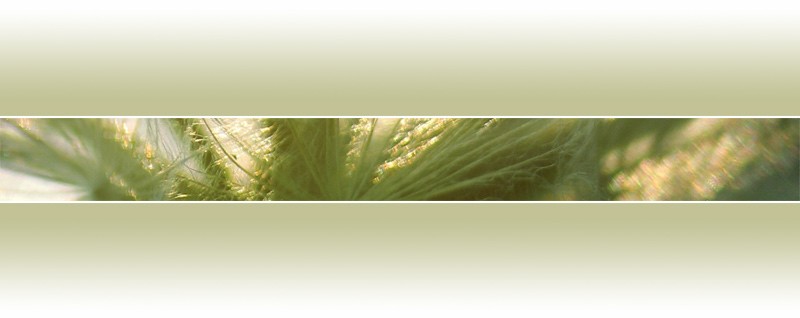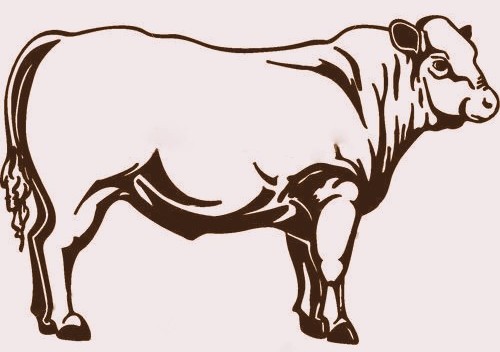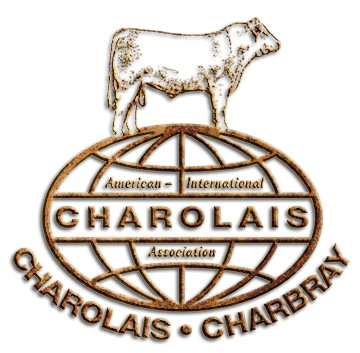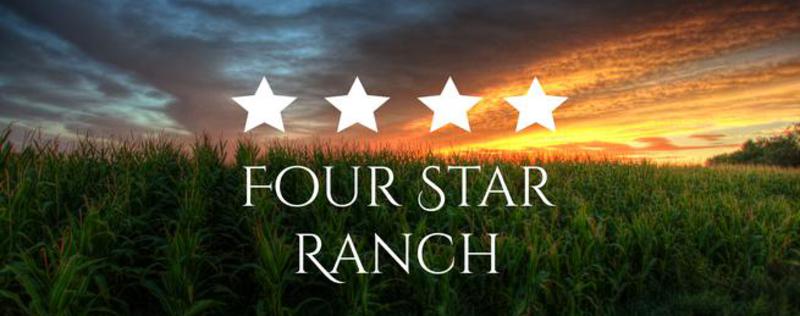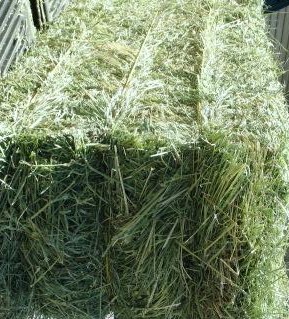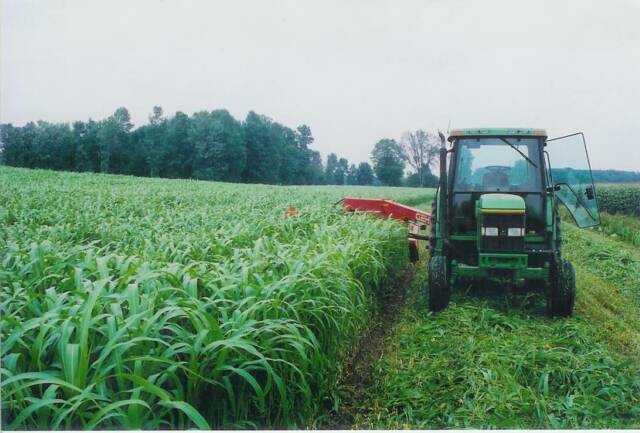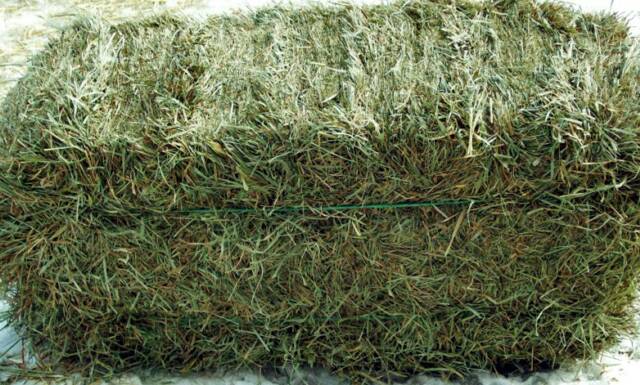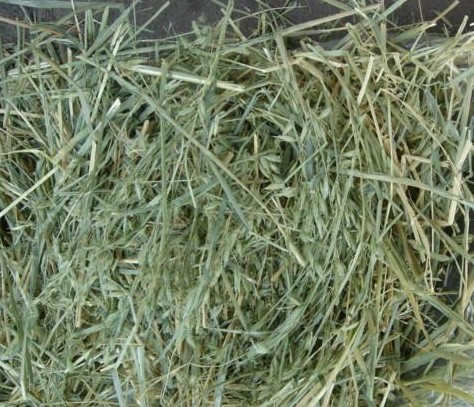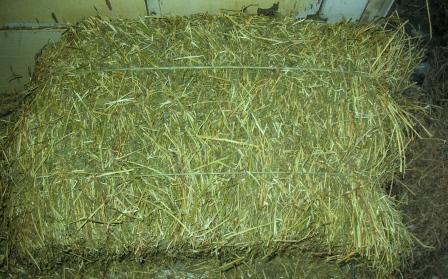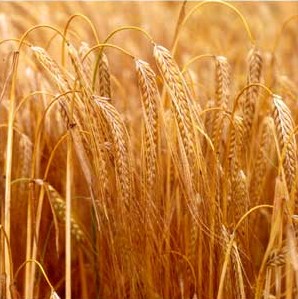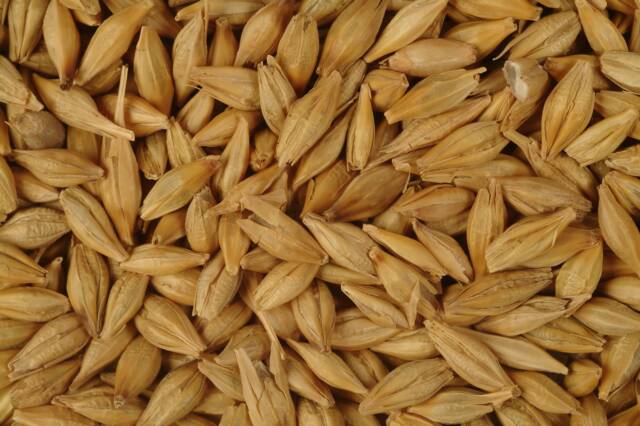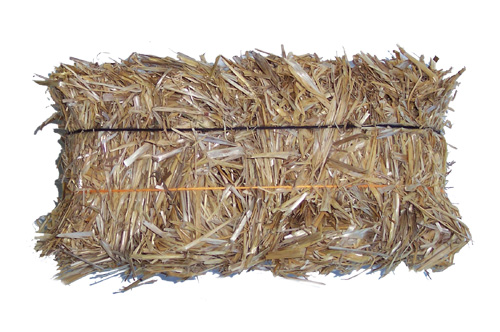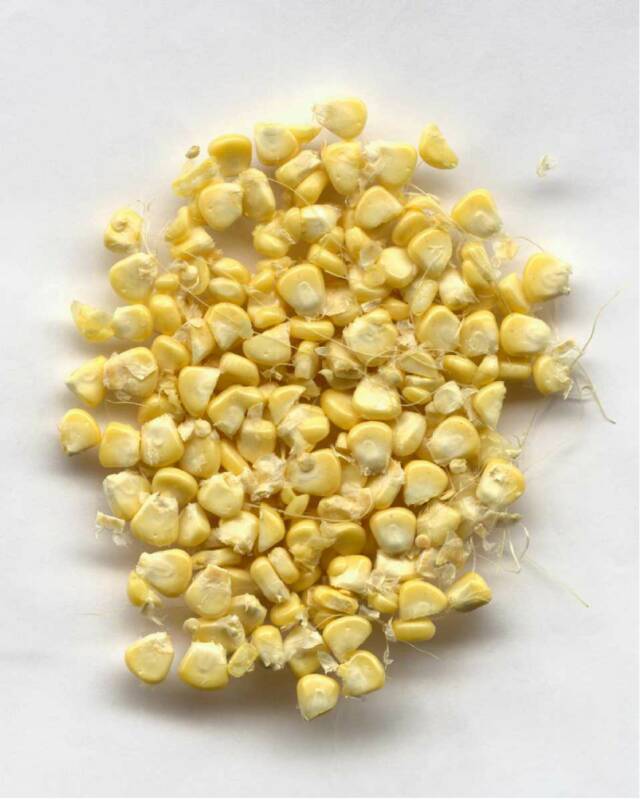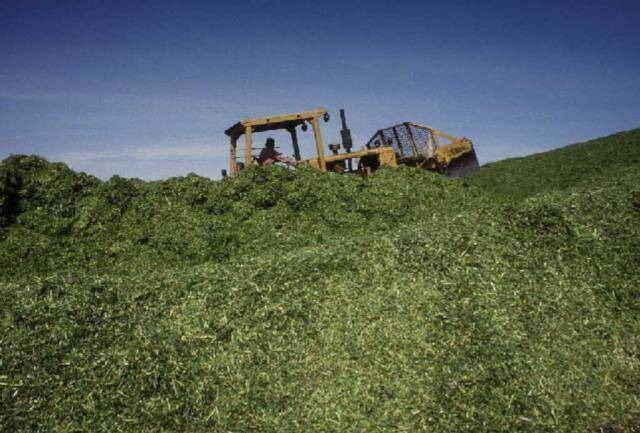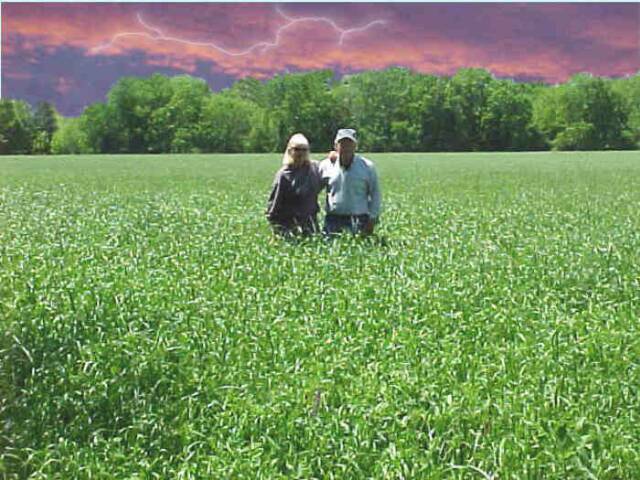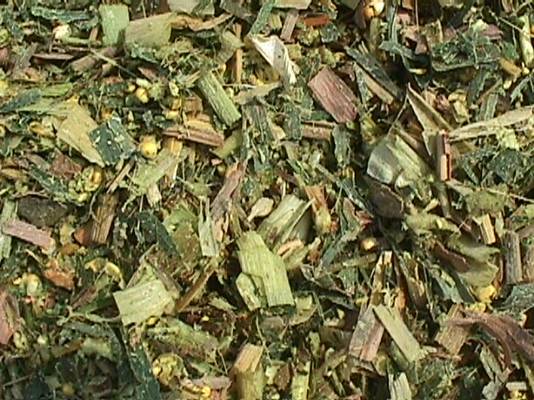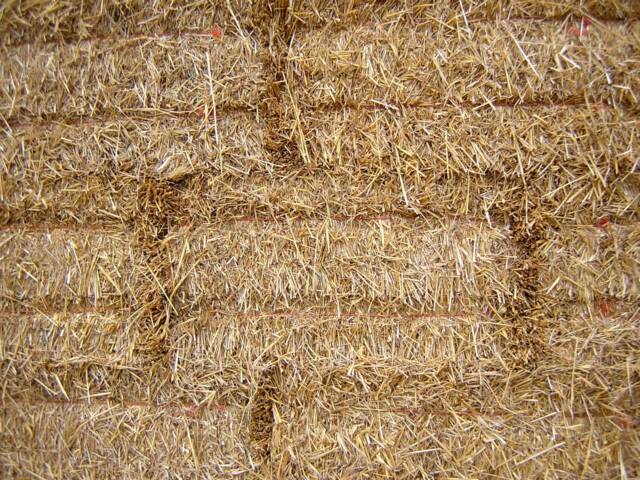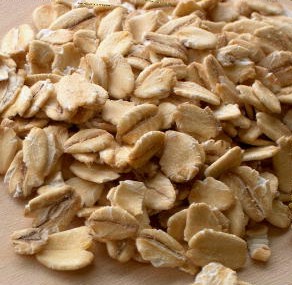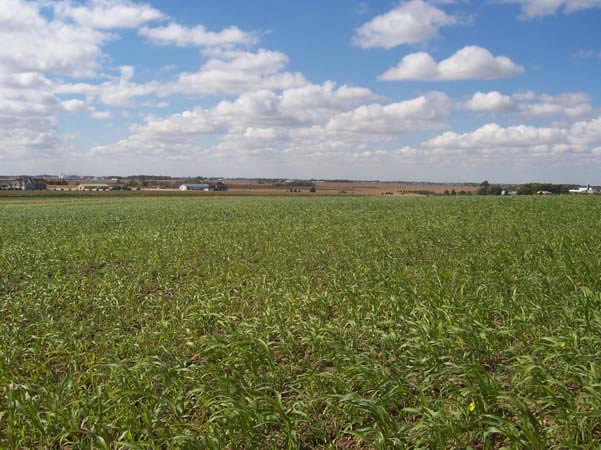TAKING CONTRACTS FOR 2022 PRODUCTION
QUALITIES AVAILABLE
SUPREME
PREMIUM
Good
Fair
RELATIVE FEED VALUE
145 - 200 RFV
BALE SIZES AVAILABLE
3'x4'x8'
AVAILABILITY
First Cutting
Second Cutting
Third Cutting
Fourth Cutting
PRICE
$190 - $300/ TON
FARMING
Four Star Ranch produces a variety of forage products, including alfalfa hay, oat hay, sorghum-sudan grass hay, and straw, as well as corn, corn silage, barley, and oats. Four Star also maintains approximately 500 acres of irrigated pasture for its own cattle and custom feeds cattle for others as well.
ALFALFA HAY (Medicago sativa)
Alfalfa is used all over the world as high protein animal feed and carries a high relative feed value (RFV). Some of the highest quality alfalfa is grown in the western states such as Utah, Idaho and Colorado, as these areas have optimal growing conditions and most importantly, very good drying conditions. Alfalfa is baled in many different sizes, and qualities.
This versatile crop has been FOUR STAR's best-selling product for over thirty years.
Alfalfa is often seeded with a variety of different hay varieties according to the needs of the farmers. The most common mix is Timothy-Alfalfa hay which is used primarily as horse feed. Oats, barley and sorghum-sudan grass are mixed with alfalfa as a "nurse" crop the alfalfa, as the alfalfa needs another faster growing plant to help get it established during its first year. These mixes are a good, high-quality hay product for horses, sheep, goats and cattle but usually have a lower RFV than dairies like to use to maximize milk production. High RFV hay is often too "hot" for horses and can cause them to founder (laminitis). Below is a table which is generally used to price tested hay;
Relative Acid Neutral (Alfalfa*) (Mixed & Grass)
Feed Detergent Detergent Crude Crude
Value Fiber Fiber Protein Protein
(RFV) (ADF) (NDF) (CP) (CP)
index % % % %
======================================================
Supreme > 185 < 27 < 34 > 22 **
Premium 170-185 27-29 34-36 20-22 >13
Good 150-170 29-32 36-40 18-20 9 -13
Fair 130-150 32-35 40-44 16-18 5 - 9
Utility < 130 > 35 > 44 < 16 <5
---------------------------------------------------------------------------
* Alfalfa & alfalfa with up to 10% grass (USDA)
** The 'Supreme' category is not appropriate for grass hays
Over the past quarter century, dairies have evolved a pricing system based on the price they're paid for milk versus the price they pay for feed. In the case of hay, most dairies calculate how much they can pay for hay, paying so much for each RFV point
Listed in the column on the left are the quantities and quality of Alfalfa hay available from Four Star Ranch on the date listed, or to get a current update, call David Yeaman at (801) 707-5120 or John Austin at (801) 707-5809 for more information.
OAT HAY (Avena sativa L.)
Oat hay makes a good hay crop if cut when stems and leaves are still green. Oats make the most nutritious hay when cut in the soft dough stage because of the higher protein content. Considerable energy is stored in the kernels at maturity. Oat Hay, like all grass hay, meets the nutritional needs of bovine, equine, and other animals with high fiber and low protein.
Oat hay forage is one of the most consistent hay forages, nutritionally, cutting after cutting. This hay forage produces maintenance levels of energy requirements.
Typical Oat Hay Analysis:
• Crude Protein min 7.0%
• Crude Fat  min 1.5%
min 1.5%
• Crude Fiber max 32.0%
• Moisture max 15.0%
max 15.0%
SORGUM SUDAN GRASS (Sorghum bicolor L.)
Sudangrass and sorghum-sudangrass hybrids are frost-sensitive, warm-season, erect annual grasses. They can grow from 6-8 feet tall and produce large amounts of dry matter if planted in the summer well before the first frost. Their root systems are fibrous.
Sorgum-Sudan grass is a hay mix species of grasses raised for grain as well as bovine and equine forage. It is native to tropical and subtropical regions of Eastern Africa but has been naturalized to North America.
Listed in the column on the left are the quantities and quality of Alfalfa hay available from Four Star Ranch on the date listed, or to get a current update, call David Yeaman at (801) 707-5120 or John Austin at (801) 707-5809 for more information.
CORN SILAGE
Forage corn includes the ears and stalks chopped up by a forage harvester machine and stored usually in a silo. It is fed to cattle, usually for the combination of the cellulose, which a cow's stomach can digest, plus the natural sugars and starches. Corn silage is a popular forage for ruminant animals because it is high in energy and digestibility and is easily adapted to mechanization from the stand-crop to time of feeding.
Corn silage is a popular feed with cattle feeders. Harvesting corn as silage furnishes 50 to 60 percent more nutrients per acre for beef cattle than harvesting the grain alone, an important consideration for a cattle feeding enterprise that is tied closely to the farm feed supply.
Corn silage is often called the "king of roughages" for beef rations that produce 1-1/4 to 2 pounds daily growth gain. Corn silage is a safe feed. It works well for starting cattle on feed. Cattle are easily changed from corn silage to a high-grain finishing ration. Corn silage is often used to furnish minimum roughage levels in high-grain finishing rations.
Homer B. Sewell, Department of Animal Sciences, UofMO, Extension
Howell N. Wheaton, Department of Agronomy, UofMO, Extension
GRAIN CORN (Zea mays var. rugosa L.)
Sweet corn, or "people" corn, is grown for the kernels in their most sugary state. Grain corn is used not only for silage and for a grain feed supplement for cattle, but also is used in a wide variety of products for human consumption, from corn flakes to soft drinks, and many other applications.
Grain corn is left to mature until the kernels are their biggest and have dried out and drawn all the goodness from the cobs, by having converted the sugars into starch. It is harvested generally by using a combine, which strips the kernels (which are very hard at this level of maturity) from the rest of the plant. In turn, the kernels are ground and used for corn meal in feeds. (Source: WikiAnswers.com)
OATS (Avena sativa L.)
Oats is an ideal grain for starting cattle on feed because of its high hull and fiber content. Many experienced cattlemen prefer to start weaned calves on oats as the only or major grain, gradually shifting over to higher-energy grains as the animals become adapted to grain consumption. The greater bulk and lower energy density of oats compared to other grains is particularly valuable for helping calves learn to eat and getting older cattle started on grain safely. Oats may constitute 50-70% of the grain mix while cattle are becoming accustomed to a full feed. The level of oats should be reduced over time to 20-30% of the diet. Oats is lower in energy and more bulky than other common feed grains since it threshes with the hull intact. (Source: LaDon Johnson, Livestock Specialist Stephen Boyles, Livestock Specialist, North Dakota State University.)
BARLEY (Hordeum vulgare L.)
Barley is an excellent protein source in livestock rations. Barley is a cereal grain derived from the annual grass Hordeum vulgare. It serves as a major animal feed crop and is a member of the grass family.
Barley is grown for many purposes, but the majority of all barley is used for animal feed, human consumption, or malting. High protein barleys are generally valued for food and feeding, and starchy barley for malting.
Barley is basically a livestock feed and is a good source of protein. It can be rolled, ground, flaked or pelleted, but by-products from malting and brewing are also used in feed production. Barley is also used for pasture, greenfeed, hay, roughage and bedding. (Source: Gramene.org)
BARLEY STRAW (Hordeum vulgare ssp. vulgare L.)
The use of straw for feed is one alternative available to many producers. Good quality straw is a surprisingly good energy source for ruminants. With percent Total Digestible Nutrients (TDN) values in the mid-40's, straw can be much more than just a filler, providing a significant proportion of energy needs. However, straw is low in protein (only 4 percent to 5 percent) so the ration must include an adequate source of protein, along with the appropriate mineral mix and salt. Oat straw is more palatable than barley straw, while barley straw is more palatable than wheat straw. Since oat straw is also the highest in energy content, it is the best choice for cow rations, followed by barley straw.
If you have access to some good quality hay (16 percent protein) this can be fed in a 60/40, straw/hay mix to supply adequate energy and protein. With an average quality hay (12 percent protein), go to a 50/50 mix, and with a low quality hay (9 percent protein), cut straw back to 30 percent of the ration. (Source: Tom Hamilton - Beef Cattle Production Systems Program Lead/OMAFRA.)
Barley straw has recently received considerable attention as an algaecide based on research done in England.
CLICK HERE for an informative LINK to the University of Missouri-Columbia extension TABLE of Feed Ingredient Composition for Beef Cattle by K.C. Olson, Division of Animal Sciences.
Alfalfa Hay
Spring Wheat
Corn
2022 AVAILABILITY
100,000 bushels
Oats
2022 AVAILABILITY
Not Producing
QUALITIES AVAILABLE
AVAILABILITY
0
PRICE
Corn Silage
Straw
QUALITIES AVAILABLE
Not in Production
FOUR STAR CROPS
2022 production is not estimated due to dramatically changing input costs
